
Penny’s Bay diary: a practical guide for your week-long stay in ‘The Suites’ at Hong Kong’s government quarantine centre
- Double up on mattresses, get your Wi-fi sorted before arriving, and bring your own coffee (or tea) among the pro tips shared by our managing editor on Day 3
- Reminiscent of the sort of clean, well-kept guesthouse you might find in 1980s China, the rooms at Penny’s Bay are ... not terrible
If you crane your neck while looking out the three-by-four foot window through which all life flows into my cell at Hong Kong’s government-run quarantine centre, you have a sea view. Granted, you must peer through some leafy trees, and it is barely visible, but it is the sea off Lantau Island nonetheless.
That’s about as close as you get to a Hong Kong hotel room feeling here at the Penny’s Bay quarantine lock-up, where travellers from high-risk countries are now required to spend a week before proceeding on to a hotel for the remaining two weeks of mandatory quarantine.
Step across this threshold into a compulsory stay in one of the world’s most stringent quarantine regimes and the initial impression is that it is not a disaster and, in fact, is probably going to be manageable. Constructed for use in the pandemic, these new, clean two-story cell blocks house travellers from countries the Hong Kong government has only recently deemed high-risk due to the rapidly spreading Omicron variant.

My last port of departure was the United States, so I was ushered here on a shuttle bus on Thursday immediately after testing negative for Covid-19 at the airport. Health officials scrawled onto my neck tag the character for bamboo – from the Chinese name for Penny’s Bay – and shuttle bus No 9 onto my neck tag to make certain I went to the right place. Arriving from Los Angeles via San Francisco, I must do my time.
Provided a week’s battery of testing proves negative, I’ll eventually be off to my original planned destination, a hotel on the south side of Hong Kong Island for two more weeks of isolation.
Having caught up with Australian friends who spent just three days in “iso” (as they call their confinement) when returning home, three weeks feels excessive. Then again, Hong Kong has kept community infections to zero or near there, and the strict controls do appear to be working.
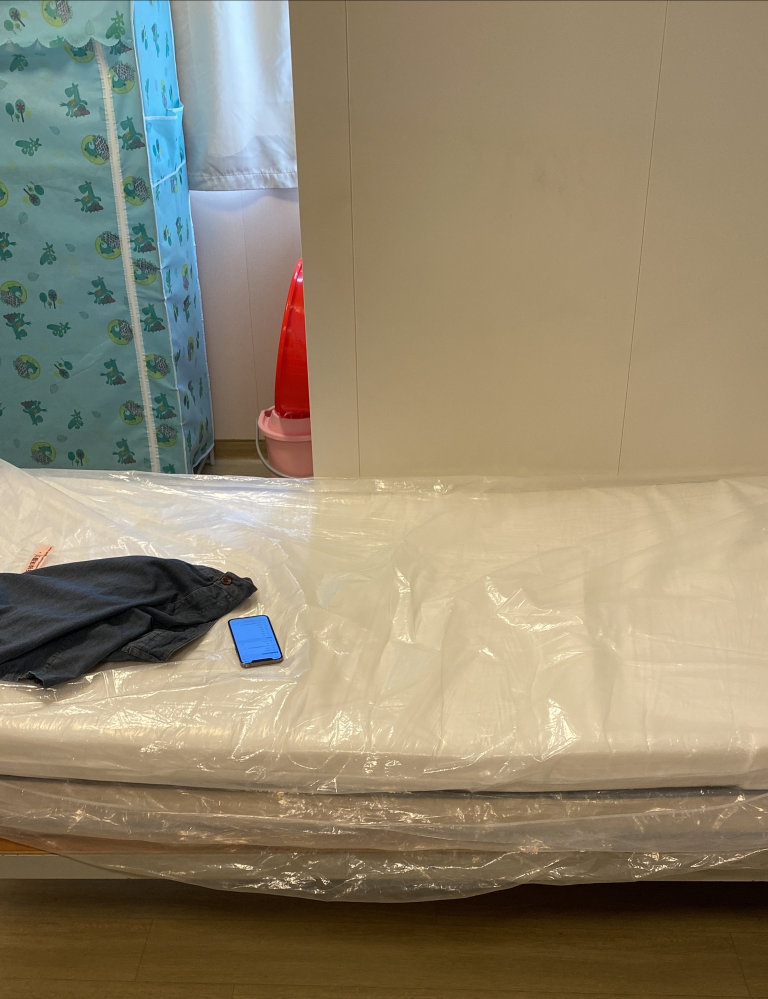
In today’s dispatch, I’ll aim to offer more of a practical guide to negotiating life in the 13-square-metre chamber that features daily PCR tests, three meals per day, and not much else in the way of entertainment. Some school-of-hard knocks advice will hopefully ease the journey for those who follow me into Penny’s Bay.
First, a very Hong Kong comparison with similarly sized spaces in this hugely expensive city. At roughly 16 feet by 8 feet, these rooms clock in at about 128 sq ft – that’s slightly smaller than the 134.5 square foot parking space on opulent Mt Nicholson that recently sold for a cool HK$10 million (US$1.3 million).
The comparison dies at the size. The “suites at Penny’s Bay” are not your typical Hong Kong hotel room. They are, despite being in a centre you cannot willingly leave, adequate. Clean, practical, functional, not terrible. These are college dorm rooms on the first day of moving in. They are a reminder of a very clean jiaodaisuo, or guest house, from China of the 1980s.
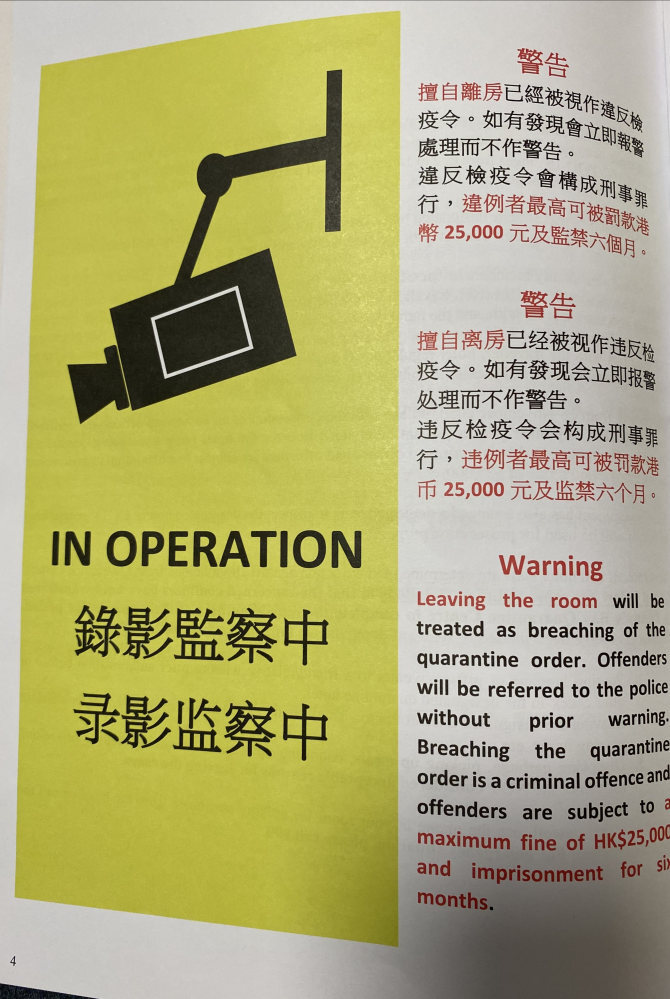
Touring the room, we’ll start with the beds. Hat’s off to the Centre for Public Health official who bought my sheets for having a serious sense of humour. Festooned with huge pink hearts on black fabric, they suggest another name: “Penny’s Bay government quarantine centre and Love Shack.”
Practically speaking though, the sheet and thin blanket provided may not be enough for people who easily get cold, and as this is the middle of the Hong Kong winter, suggestion No 1 is to bring pyjamas, or layer sweaters or sweatshirts on your bed for added warmth.
There are two beds in this unit, each with razor-thin mattresses three to four inches thick. Overhearing someone suffering back pain from the beds at Penny’s Bay, I share their pro tip – suggestion No 2 – for solo travellers: place the mattress from one bed on top of the other and you can sleep pretty comfortably. Use the other bare bed frame as a luggage rack. For couples, it’s worth requesting that the authorities provide a second mattress apiece.

For decor, there are two small tables – each roughly four-foot-square. One houses a small television, the other a hot water boiler. There is no microwave, and warning signs say “No Cooking”. So you’ll be able to boil water for coffee, tea or instant noodles and that’s about it. Suggestion 3: tea drinkers bring your favourite tea bags. Coffee drinkers, bring ground coffee plus filtering apparatus or instant coffee with you.
There are two folding plastic chairs to offer seating. They are not ergonomically sound, so get up and stretch.
A fabric cabinet at the back wall offers a place to hang some clothing. I was given five hangers on arrival, but since it’s just a week, I have left most things folded in the luggage on their bed rack.
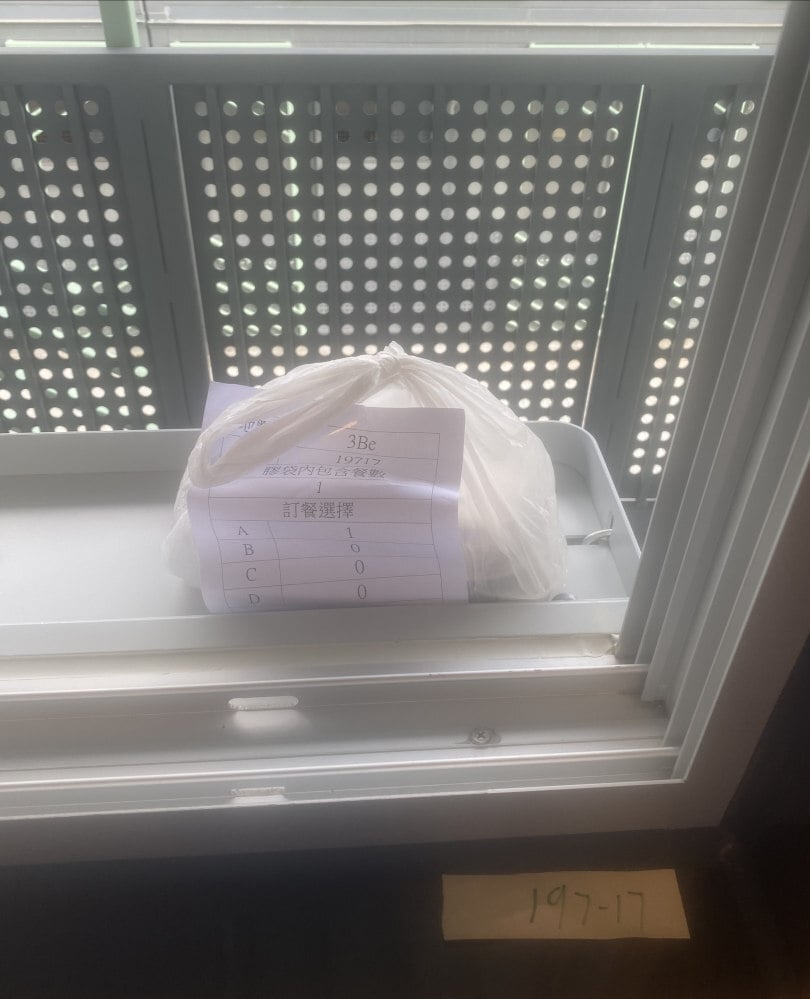
A more pressing detail for anyone who expects to work – there is NO Wi-fi. Suggestion No 4: before you leave home, configure your mobile phone hotspot connection or you will wind up like me: with a laptop that connects to no network, furiously writing reports and handling email on your phone.
Beyond that, if you want to raise a glass if you are ensconced here for Christmas or New Year’s Eve, (Suggestion 5), best hit duty free before you leave. No alcohol or tobacco is delivered to Penny’s Bay.
Once you are here, the staff are very helpful and efficient. Send them a photograph of your front door placard and number to their central WhatsApp number, and workers in blue hazmat suits respond fairly quickly. For me, they provided towels for the bathroom, washing powder for laundry, disinfectant cleaner for mopping the floor, extra bottles of water, and a data card that I unfortunately can’t get to work for my computer.
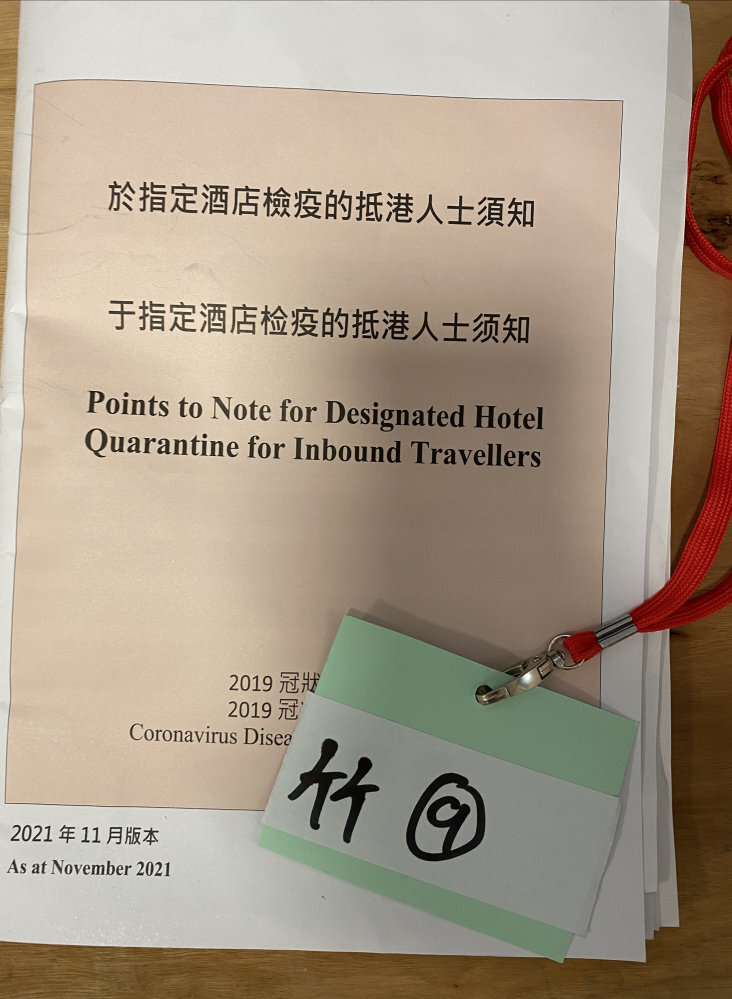
Deliveries are possible, if you prearrange them through the WhatsApp group and specify who is bringing them during which open time window. Your friends or office mates will need to drive, or take the lengthy MTR trek out to Hong Kong Disneyland and walk next door to the quarantine centre.
For laundry, understand that in the cool Hong Kong winter, nothing ever seems to dry, so even if you wring as though your life depended on it, laundry done on Day 1 is still hanging damp 48 hours later. The only suggestion here is to bring enough underwear for the move to the hotel, which may offer better ventilation for drying. The hot water heater seems to be nuclear powered, so take extreme care and always start off with the cold setting and adjust it to warm or you will scald yourself.
As there is no exercise yard in this camp, bring a yoga mat: the floors are diamond-hard linoleum.
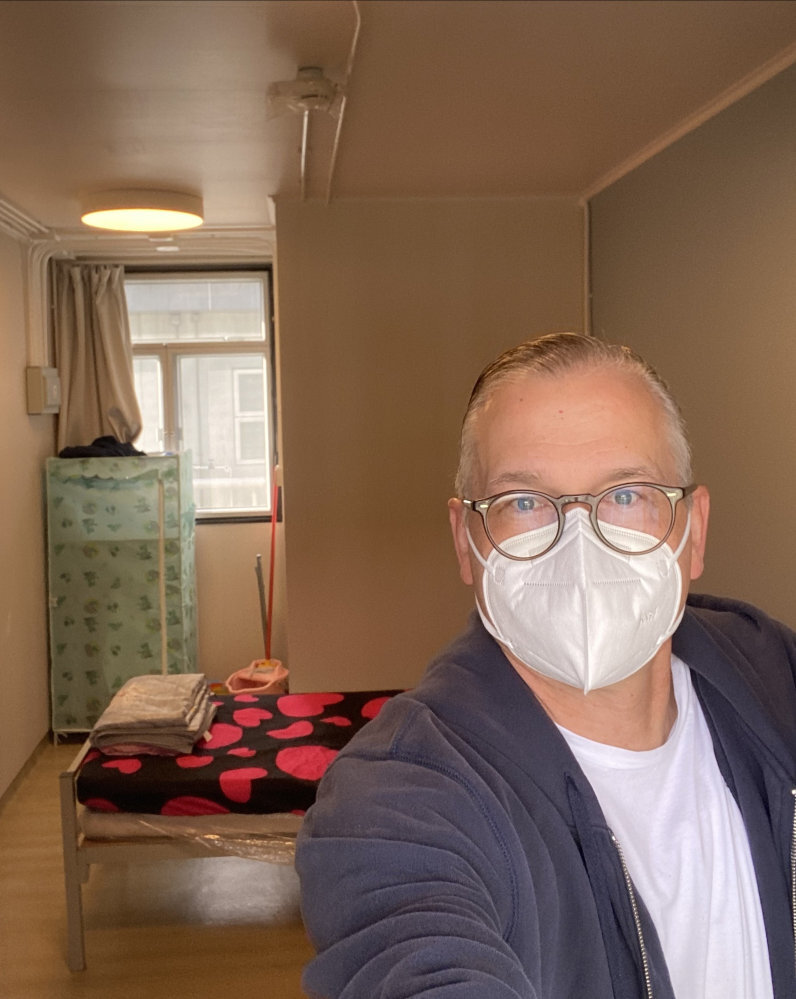
Other features of life at Penny’s Bay offer reminders of why we are all here. The lights for the walkways outside the rooms never go off, and the curtains are not blackout, so bring some eye shades if you need that. Security cameras patrol these lit walkways, a reminder that a prison break will cost thousands in fines and up to six months in jail.
Flashes of Andy Dufrense’s (spoiler alert) successful but filthy escape in the Shawshank Redemption come to mind. Those thoughts are quickly squelched by the less optimistic atmosphere of Cool Hand Luke, where as the captain says: “What we’ve got here is failure to communicate.”
Perhaps I’ll just wait out the week.
Up next: After this extra-long weekend column, I’ll rest on Sunday, but be back on Monday with a review of the fine dining at Penny’s Bay.








